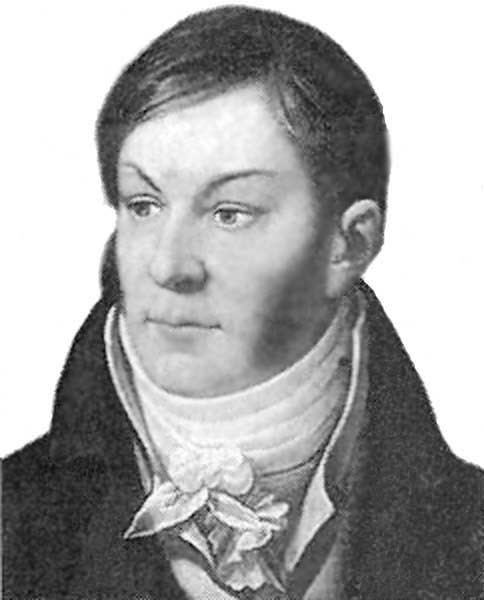Name Johann Apel | Role Writer | |
 | ||
Books Tales of the Dead, Fantasmagoriana People also search for Friedrich Laun, Johann Karl August Musaus, Heinrich Clauren | ||
Das Schreckbild - Johann August Apel
Johann August Apel (September 17, 1771 – August 9, 1816) was a German writer and jurist. Apel was born and died in Leipzig.
Contents
- Das Schreckbild Johann August Apel
- Titania Medien Gruselkabinett Folge 15 Johann August Apel Der Freischtz
- Influence
- Works
- References

Titania Medien: Gruselkabinett Folge 15: Johann August Apel – Der Freischütz
Influence
His version of the traditional German Freischütz folk tale, "Der Freischütz" was published as the first story of the first volume of his and Friedrich Laun's Gespensterbuch horror anthology (1811). Johann Friedrich Kind and Carl Maria von Weber drew on this version as the main source for the story of their opera Der Freischütz (1821), and even abandoned their working title to capitalise on the popularity of Apel's tale. It was republished in its own book after Apel's death.
Two of his other short stories ("Die Bilder der Ahnen" and "Die schwarze Kammer") were included in Jean-Baptiste Benoît Eyriès' Fantasmagoriana (1812), which was read by Lord Byron, Mary Shelley, Percy Bysshe Shelley, John William Polidori and Claire Clairmont at the Villa Diodati in Cologny, Switzerland during the Year Without a Summer, inspiring them to write their own ghost stories, including "The Vampyre" (1819), and Frankenstein (1823), which went on to shape the Gothic horror genre. "Die Bilder der Ahnen" (translated by Sarah Elizabeth Utterson in Tales of the Dead (1813) as "The Family Portraits") especially influenced Mary Shelley, who described it in her introduction to the 1831 edition of Frankenstein:
There was the tale of the sinful founder of his race, whose miserable doom it was to bestow the kiss of death on all the younger sons of his fated house, just when they reached the age of promise. His gigantic, shadowy form, clothed like the ghost in Hamlet, in complete armour, but with the beaver up, was seen at midnight, by the moon's fitful beams, to advance slowly along the gloomy avenue. The shape was lost beneath the shadow of the castle walls; but soon a gate swung back, a step was heard, the door of the chamber opened, and he advanced to the couch of the blooming youths, cradled in healthy sleep. Eternal sorrow sat upon his face as he bent down and kissed the forehead of the boys, who from that hour withered like flowers snapt upon the stalk. I have not seen these stories since then; but their incidents are as fresh in my mind as if I had read them yesterday.
